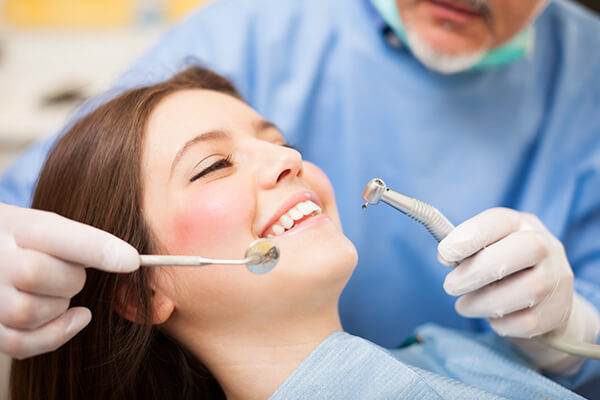
Dental Exams and Cleanings Service
Many people feel afraid of teeth cleanings. Between the prodding, strange noises, and the occasional jaw discomfort, it’s easy to understand their apprehension. But for most of the patients, a teeth cleaning is a simple process and quite painless.Knowing exactly that what is going on during the process can help you to ease your stress and allow you to feel better and enjoy the minty-fresh results.
1. A physical dental exam
Mostly, teeth cleanings are performed by the dental hygienist. Before the actual cleaning process begins, they start with a physical examination of your entire mouth.The dental hygienist uses a small mirror to check around your teeth and gums if any signs of gingivitis (inflamed gums) or other potential concerns.If any major problem will be detected, the dental hygienist might call the dentist to make sure it’s fine to proceed or not.
2. Removing plaque and tartar
With the small mirror to guide them, the dental hygienist uses a scalar to get rid of plaque and tartar (if present) around your gum line, as well as in between your teeth. You’ll hear scraping, but that is very normal. The more tartar there is in your mouth, the more time they’ll need to scrape the particular spot.Brushing and flossing stop the growth of plaque and it’s hardening into tartar. Once you have tartar, you can only remove it at your dentist’s clinic. So if you don’t like teeth cleaning, the lesson is to brush and floss more often.
3. Gritty toothpaste cleaning
After your teeth are completely tartar-free, the hygienist brushes them with a highly-powered electric brush, which makes a grinding noise. While it sounds scary, it’s a great way to get a deep clean and remove any tartar left behind the teeth from the scalar.Professional cleanings usually use the toothpaste smell and taste like regular toothpaste, though you can often choose between flavors. However, it has a gritty consistency which gently scrubs your teeth. If done by a professional, this polishing of the teeth is deemed safe to do twice in a year. But don’t be as harsh with your teeth at home, otherwise, you’ll wear down the enamel.
4. Expert flossing
Whether you floss regularly at home or not, nothing can beat an expert flossing session. Your dental hygienist can get deep between your teeth and locate any potential trouble spots where your gums can bleed.
5. Rinsing
Next, you rinse out your mouth to get rid of any kind of debris. The dental hygienists usually give you a rinse that contains liquid fluoride.
6. Applying fluoride treatment
The last step of the cleaning process is the fluoride treatment. This treatment is used as a protectant for your teeth to help in the fight against cavities for several months.Your dental hygienist may ask you about your favorite flavor. They’ll then place a foamy gel over your teeth. Then they left that on your teeth for one minute. Along with the foamy gel, fluoride varnish is also painted onto the teeth with a small brush. Fluoride varnish will harden when in contact with saliva, so you can eat and drink immediately after it.
Appointment
Book An Appointment Now!
We at All Brite Dentistry want to give each of our patients the most gentle and highest quality dental care possible. It starts with your very first phone call. Compassion and understanding are a priority.
Our Services
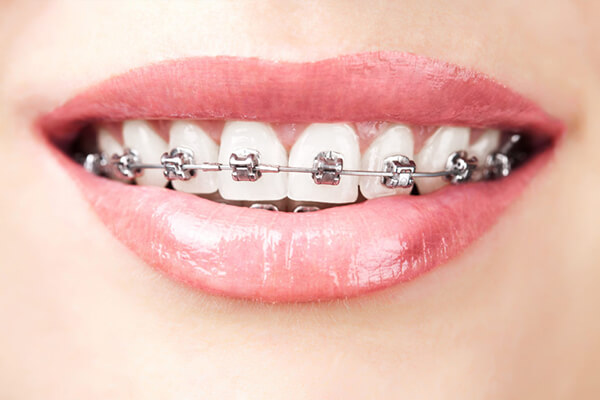
Teeth braces or dental braces
Dental braces are also known as braces, or orthodontic cases are the devices which are used in orthodontics that aligns and straightens your teeth.
Read More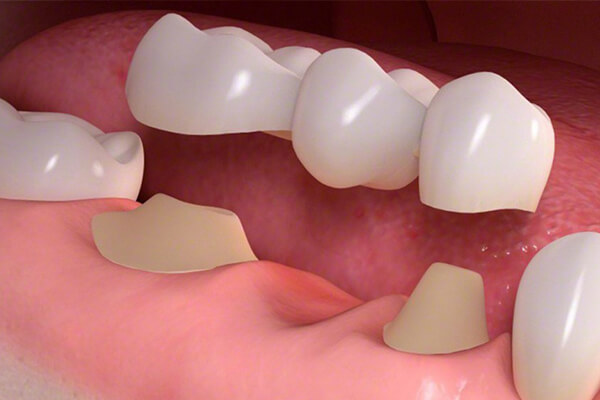
Dental bridges
A bridge is a fixed dental restoration which usually replaces one or more missing teeth by joining an artificial tooth adjacent to the other teeth.
Read More
Dental implants and restorations
A dental implants are also known as an Endosseous implant or a fixture is a surgical component that interfaces with the bone of the jaw or skull.
Read More
Dental crowns or teeth crowns
A crown, which is also known as a dental cap, is a type of dental restoration which completely caps, covers or encircles a tooth or dental implant.
Read More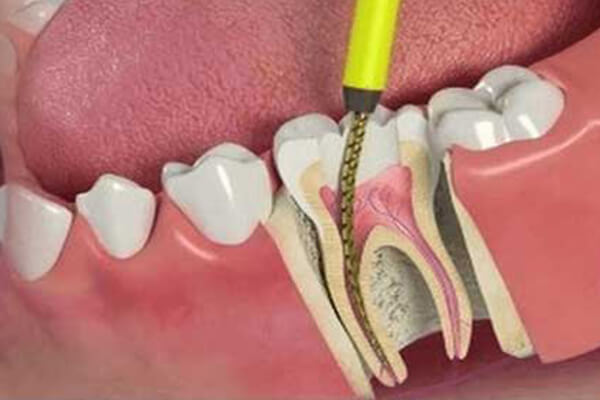
Root canal treatment/procedure
Endodontic therapy, which is also known as endodontic treatment or root canal therapy, is a treatment for the infected pulp of a tooth which results in the cure of infection.
Read More
Dentures
Dentures are the artificial teeth worn by the people who don't have their real teeth. Dentures are also called false teeth or dental plate.
Read More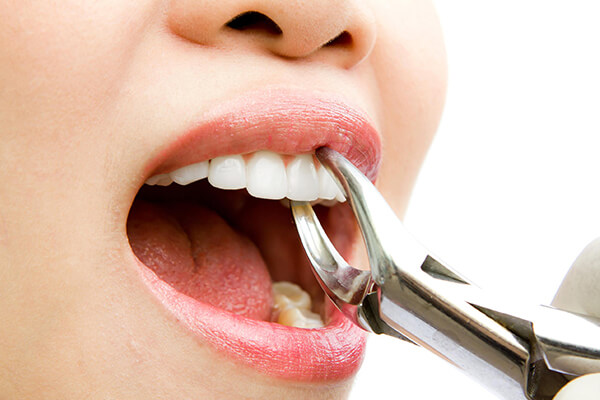
Teeth extractions
Although permanent teeth were meant to last for the lifetime, there are a number of reasons because of which tooth extraction may be needed.
Read More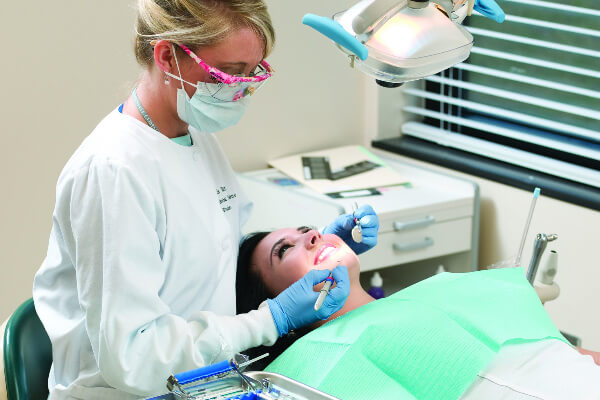
Dental hygiene
Dental Hygienics is one of the leading providers of dental decontamination equipment and products.A dental hygienist is a licensed dental professional.
Read More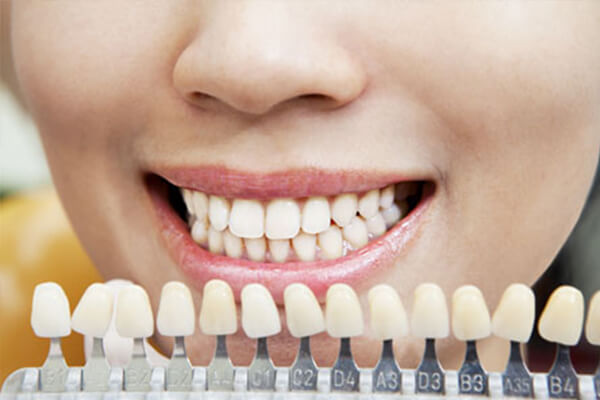
Teeth veneers
Dental veneers are wafer-thin, customized shells of tooth-colored materials designed to cover the front surface of your teeth to improve your appearance.
Read More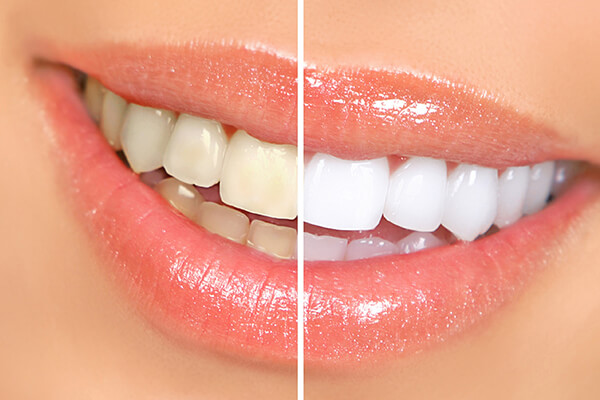
Teeth whitening
Teeth whitening involves the bleaching of your teeth to make them lighter, clean and white. It can't make your teeth brilliantly white, but it can lighten the existing color.
Read More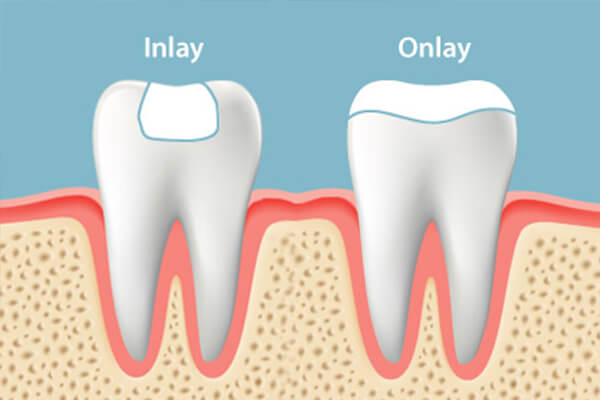
Inlays and onlays
Inlays and Onlays are used when the tooth has experienced too much of damage that it cannot support a basic filling, but not so much damage that a crown is necessary.
Read More
Cosmetic dental fillings
Aesthetic dentistry is a branch of dentistry that involves skills and techniques to improve your alignment, smile’s appearance, shape, color, and size.
Read More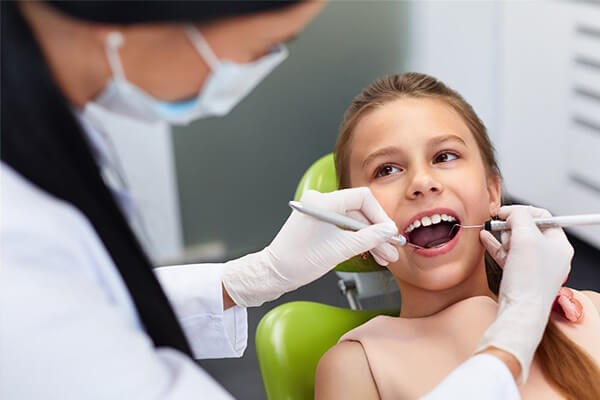
Pediatric dentist
Pediatric dentists are also called kids’ dentists or child dentists. They are basically dedicated to the oral health of children from infancy through their teenage.
Read More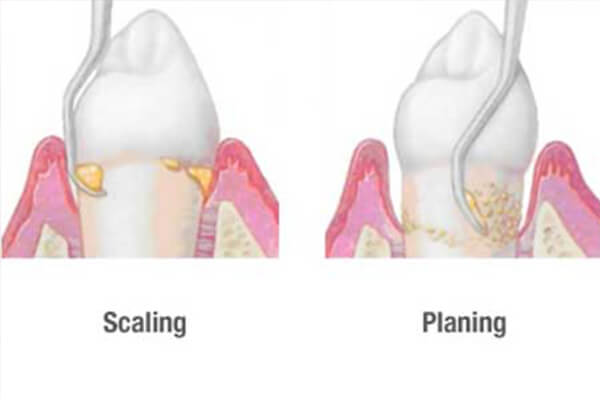
Teeth scaling and root planning
Teeth scaling and root planning is a procedure involving removal of dental plaque and calculus ( tartar ) and then smoothing of the (exposed) surfaces of the roots.
Read More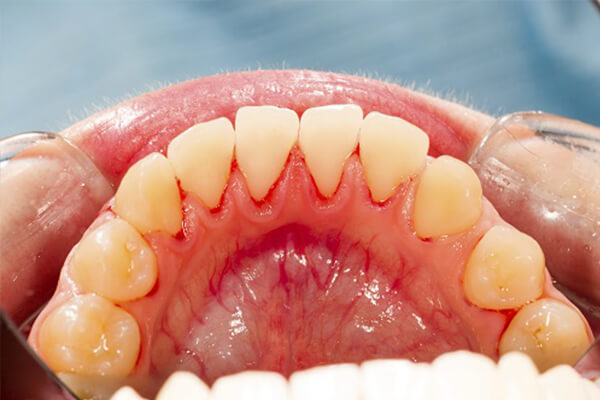
Periodontal gum disease
Periodontology is the specialty of dentistry that studies for the supporting structures of teeth, as well as the diseases and conditions that can affect them.
Read More
Cosmetic dentistry
Cosmetic dentistry refers to any kind of dental work that improves the appearance (not necessarily the functionality) of teeth, gums and/or bite.
Read More
Family dentistry
Consetetur sadipscing elitr, sed diam nonumy eirmod tempor invidunt ut labore et dolor erat, sed diam voluptua, maiores possimus fugiat repellat totam.
Read More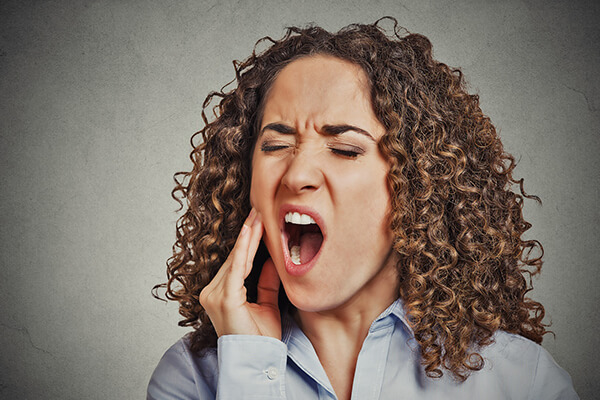
Emergency dentistry
Before searching for an emergency Dentist, It is important to know that what kind of injuries really required an emergency dental care, so you can make sure that teeth are taken care.
Read More
Dental exams and cleanings
Many people feel afraid of teeth cleanings. Between the prodding, strange noises, and the occasional jaw discomfort, it’s easy to understand their apprehension.
Read More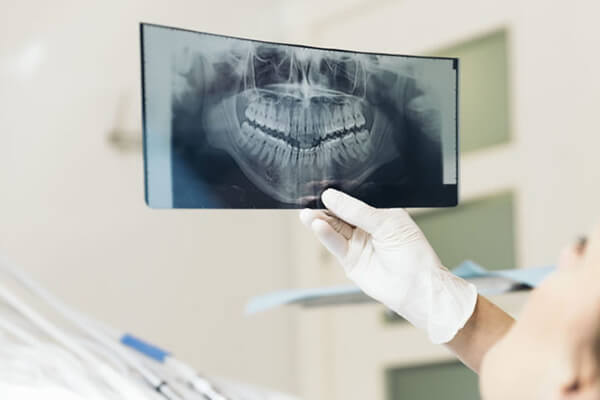
Dental X-Rays
X-rays are also known as radiographs. An x-ray is a type of ray energy that passes through soft tissues and is absorbed by dense tissue. They are diagnostic,also be preventative.
Read More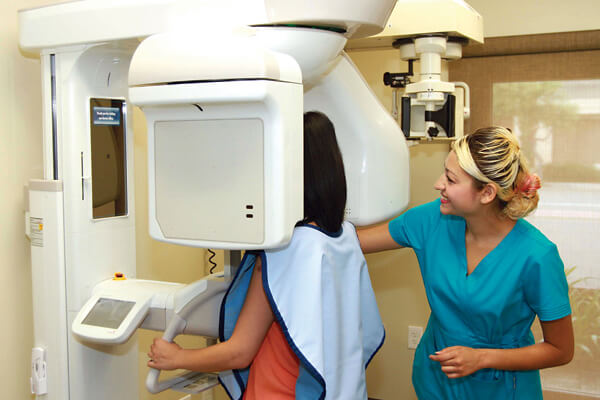
CT scan
CBCT stands for Cone Beam Computed Tomography. It is a technology used to take three dimensional (3-D) images of your teeth, maxillary sinus, nerve pathways, and bone .
Read More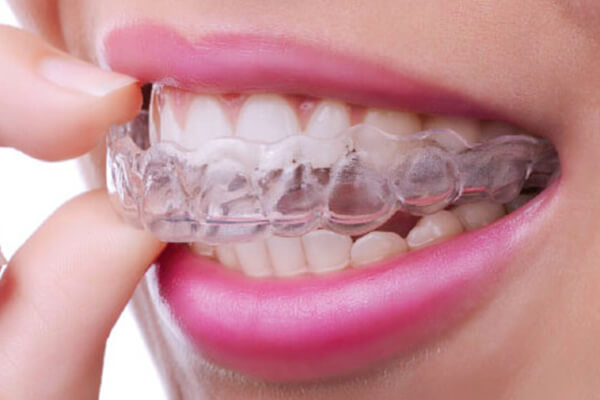
Night guards
A mouth guard is a protective device for your mouth that covers your teeth and your gums to prevent and reduce the injury to your teeth, arches, lips, and your gums.
Read More
Sleep apnea dentist
Sleep apnea is a sleep disorder in which your breathing starts and stops repeatedly. If you snore loudly and feel tired even after having a full night's sleep.
Read More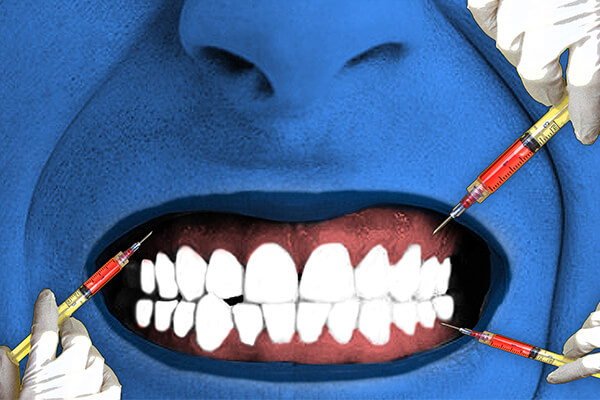
Dental botox theraphy
The active, therapeutic neurotoxin is harvested, separated and purified in a laboratory to make it safe and effective for the treatment.
Read More